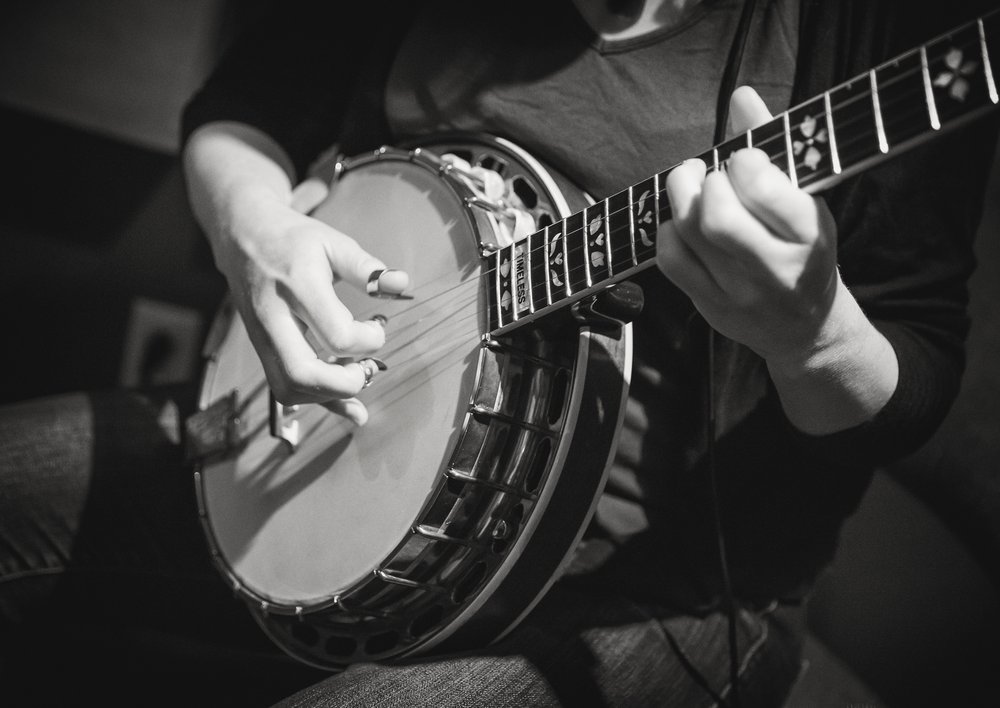The banjo is an instrument that has been around for hundreds of years and has played an important role in various musical genres. From traditional folk music to country and bluegrass, the banjo has a unique and unmistakable sound that has captured the hearts of many music lovers. Despite its rich history and distinct sound, however, the banjo is not as popular as many other instruments. So, why don’t more people play the banjo?

Why don’t more people play the Banjo?
One of the main reasons why the banjo is not as widely played as other instruments is its perceived difficulty. The banjo has a unique tuning system and a different playing style than most other stringed instruments, which can make it challenging for beginners to pick up. Unlike the guitar or the piano, which have a wide range of beginner-friendly resources available, there are relatively few resources available for those learning to play the banjo. This lack of resources and the perceived difficulty of the instrument can be a barrier to entry for many people who might otherwise be interested in playing the banjo.
Another reason why the banjo is not as widely played is its association with specific genres of music. While the banjo is capable of producing a wide range of sounds and styles, it is often associated with country and bluegrass music. This association can limit the appeal of the instrument to those who are not fans of these genres. Additionally, the banjo has often been stereotyped as a “hillbilly” instrument, which can further limit its appeal.
The banjo has also been associated with racial and cultural stereotypes. Historically, the banjo has been played by African Americans, and its roots can be traced back to West Africa. However, over time, the banjo has become associated primarily with white, rural culture in the United States. This cultural appropriation and erasure of the instrument’s African American roots has contributed to a perception of the banjo as a “white” instrument, which can be off-putting for people of color who might otherwise be interested in playing it.
Furthermore, the banjo is not as widely available or as affordable as other instruments. While there are many guitar and piano stores in most cities and towns, banjo-specific stores can be harder to find. Additionally, the banjo is often more expensive than other stringed instruments, which can be a barrier for people who are on a tight budget or who are not yet committed to learning to play the instrument.
Lastly, the banjo has not been as heavily featured in modern music as other instruments. While there are certainly modern banjo players and bands that use the instrument in innovative ways, the banjo is not as commonly heard on the radio or in popular music as other instruments like the guitar or the drums. This lack of exposure can limit the appeal of the instrument to a wider audience.
In conclusion, while the banjo is a unique and versatile instrument with a rich history, there are several reasons why it is not as widely played as other instruments. The perceived difficulty of the instrument, its association with specific genres of music, racial and cultural stereotypes, limited availability and affordability, and lack of exposure in modern music are all factors that have contributed to the banjo’s relative lack of popularity. However, for those who are willing to overcome these barriers, the banjo can be a rewarding and enjoyable instrument to play.
More Banjo Articles
Banjo Picking for Beginners
Basic Right Hand Technique for Clawhammer Banjo
How to Wear Your Banjo Picks
Learn Basic Banjo Chords
Learn to Banjo Roll
Bluegrass Banjo Right Hand Technique
How To Tune Your Banjo
